Age Aircraft Ground Equipment - On Oct. 5, 1993, the FAA published Notice No. 93-14, “Aging Airplane Safety” (58 FR 51944). The proposals contained in that notice would have required operator certification of aging airplane maintenance actions and would have established a framework for the Administrator to impose operational limits on certain airplanes.
Overall Evaluation of Bonded Boron-Epoxy Composite Doublers: By combining the residual strength results with the crack mitigation results, it is possible to truly assess the capabilities and damage tolerance of bonded Boron-Epoxy composite doublers. In this test series, relatively severe installation flaws were engineered into the test specimens in order to evaluate Boron-Epoxy doubler performance under worst-case, off-design conditions.
Age Aircraft Ground Equipment
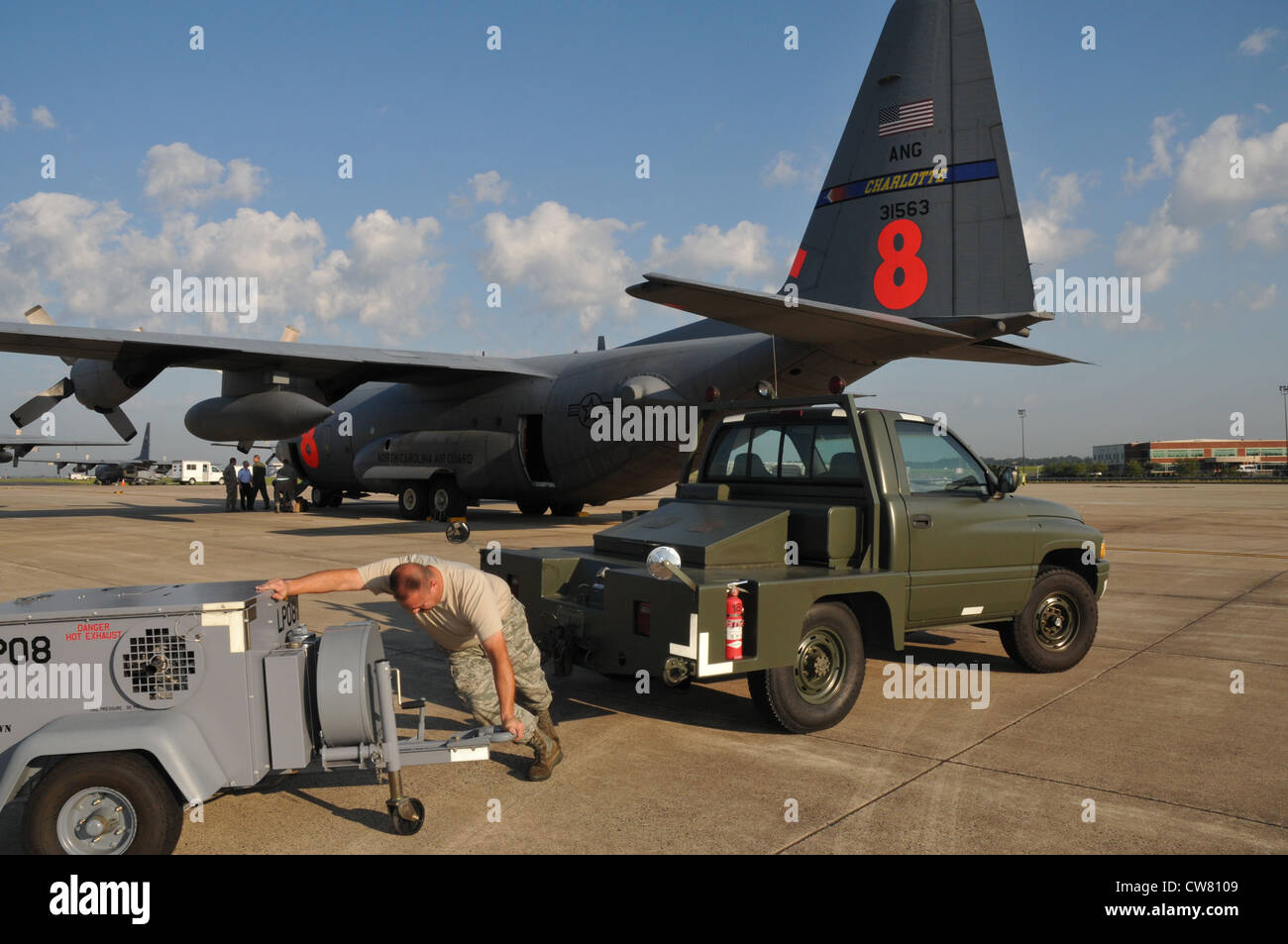
The engineered flaws were at least two times larger than those which can be detected by NDI. It was demonstrated that even in the presence of extensive damage in the original structure (cracks, material loss) and in spite of nonoptimum installations (adhesive disbonds), the composite doubler allowed the structure to survive more than four design lifetimes of fatigue loading.
Background
Since the tests were conducted using extreme combinations of flaw scenarios (sizes and collocation) and excessive fatigue load spectrums, the performance parameters were arrived at in a conservative manner. To address aging aircraft concerns, in October 1991, the U.S.
Congress enacted Title IV of Public Law 102-143, known as the 'Aging Aircraft Safety Act of 1991'. The law instructed the Administrator to prescribe regulations that would ensure the continuing airworthiness of aging aircraft. The law also instructed the Administrator to conduct inspections and review the maintenance and other records of each aircraft, which an air carrier uses to provide air transportation.
These inspections and record reviews were intended to enable the Administrator to decide whether aging aircraft are in a safe condition and properly maintained for air transportation operation. The law also requires the Administrator to establish procedures to be followed to perform such inspections.
Adhesive Layer Performance Indicates Critical Need for Proper Surface Preparation: Previous analyzes of bonded doublers have demonstrated that the most critical part of the repair installation is the adhesive. It must transfer the load to the composite doubler and hold up under many load cycles.
Aerospace Alloy Corrosion
The adhesive must also resist moisture and other environmental effects. In order to obtain the optimal adhesive strength and ensure a satisfactory performance over time, it is essential to strictly comply with the installation process. Surface preparation is one of the key steps in the installation process.
This study demonstrated the ability of the accepted adhesives to transfer loads over multiple fatigue lifetimes of a commercial aircraft. Strain field analyzes and fatigue tests showed that large disbonds—in excess of those which will be detected by NDI—and Boron-Epoxy water absorption did not affect the performance of the adhesive layer.
Because of the wide ranging effects that this rule will have on aircraft maintenance, AMT magazine brings you portions of the new proposed rule, which offers a historical perspective on aging aircraft, as well as a summary of what is being proposed.
The following are selections from the NPRM: Residual Strength: Postfatigue load-to-failure tests produced residual strength values for the composite-aluminium specimens. Even the existence of disbonds and fatigue cracks did not prevent the doubler-reinforced plates from achieving static ultimate tensile strengths in excess of the 70 ksi Mil-Hndb-5 listing for 2024-T3 material.

Nondestructive Evaluation
Thus, a properly designed and installed composite doubler is able to restore the structure to its original load-carrying capability. The structural integrity of aging aircraft structures can be directly related to corrosion. As the service life of aircraft increases, eventually there will be a growing probability of corrosion formation, along with other forms of damage such as fatigue cracks, stress–corrosion cracking and other local or global damage.11 In addition, aging aircraft can accumulate residual
structural stresses in their structures, or on the rivets and around rivet holes, decreasing the mechanical properties of Al alloys and reducing the lifetimes of these highly expensive pieces of equipment.12 For NDT of airframe structures such as lap joints and wing skins, a two-step approach may be the most feasible.
A number of organizations (NATIBO, 1998, Alcott et al., 1995, Forsyth et al., 1998) have independently suggested the use of an enhanced visual method as a fast, first-pass inspection to identify suspect areas. This large-area inspection would be followed by a second inspection by eddy current and/or ultrasonic to verify the visual inspections and quantify the detected discontinuities.
The increasing availability of robotic scanners and array sensors may improve the speed of acquisition of the more sensitive NDT techniques enough so they can be used on much wider areas and eliminate the proposed 'triage' inspection stage.
Introduction
Historical perspective The continued airworthiness of aircraft structure is significantly affected by age-related fatigue damage. Evidence to date suggests that when all critical structure are included, damage-tolerance-based inspections and procedures provide the best approach to address aircraft fatigue.
An underlying principle of damage tolerance is that the initiation and growth of structural fatigue damage can be anticipated with sufficient precision to allow damage-tolerance-based inspections and procedures to detect damage before it reaches a size that affects an airplane's airworthiness.
In this chapter, a series of experimental results showing the influence of existing corrosion on the mechanical behavior of aircraft aluminum alloys is presented. In the first part, the static as well as fatigue and damage-tolerance behavior of the corroded material is examined and, in the second part, analytical models are proposed, which take into account the effect of corrosion for the prediction of the fatigue and damage
- tolerance behavior of corrosion-damaged components. Firstly, a brief literature review was performed on the corrosion susceptibility of aircraft aluminum alloys.3 One of the concerns surrounding composite doubler technology pertains to long-term survivability, especially in the presence of nonoptimum installations.
Innovative Mission-Ready Solutions
This test program demonstrated the damage tolerance capabilities of bonded composite doublers. The fatigue and strength tests quantified the structural response and crack abatement capabilities of Boron-Epoxy doublers in the presence of worst-case flaw scenarios. The engineered flaws include cracks in the parent material, disbonds in the adhesive layer and impact damage to the composite laminate.
Congress also instructed the Administrator to encourage governments of foreign countries and relevant international organizations to develop programs addressing aging aircraft concerns. Most foreign air carriers and foreign persons engaged in common-carriage operations have maintenance program requirements adopted by their governments.
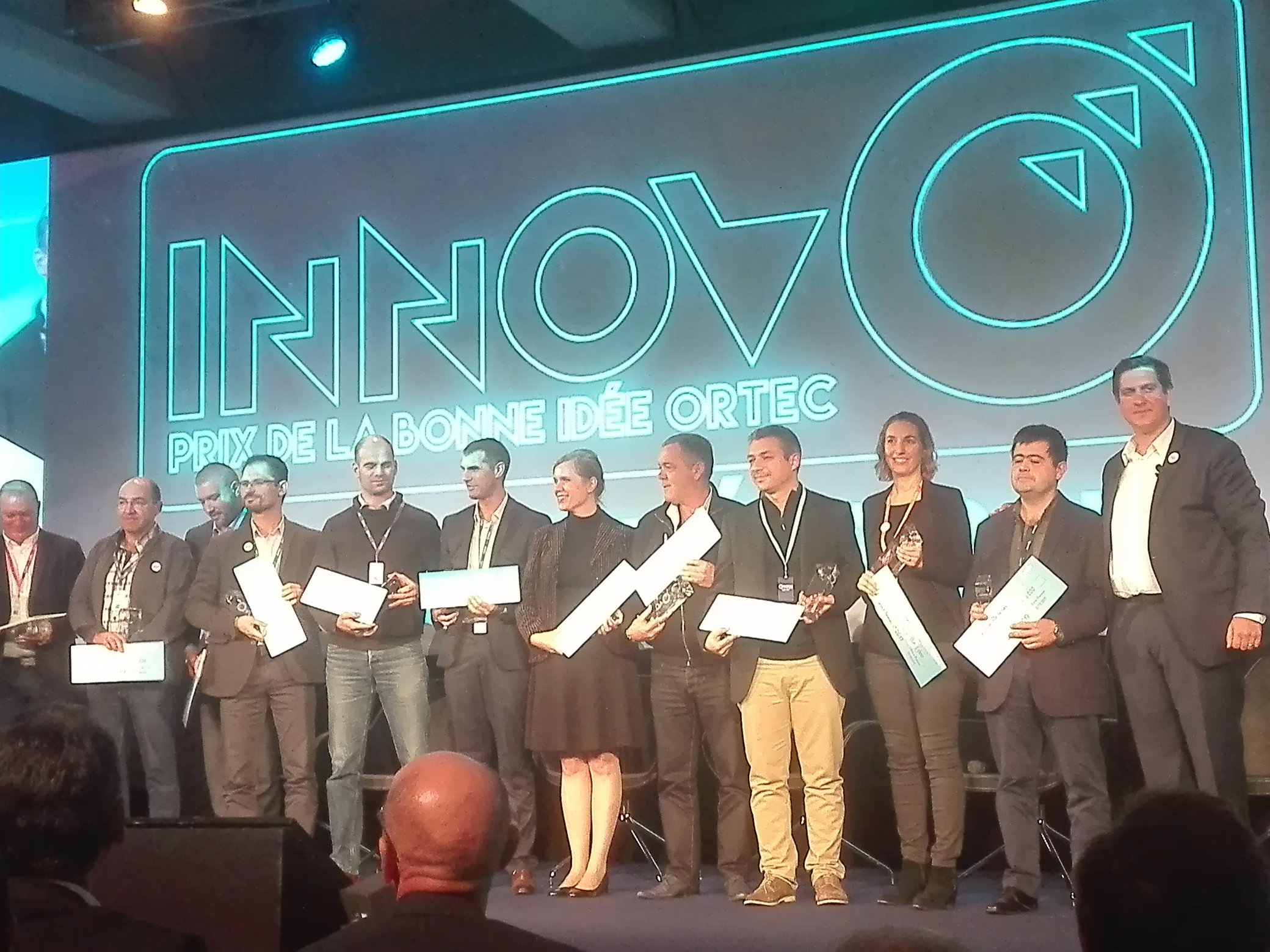
The FAA issues the airworthiness certificates for U.S.-registered airplanes. By including part 129 in this proposed rule, foreign air carriers and foreign persons operating U.S.-registered multiengine aircraft within or outside the United States would be required to include damage-tolerance-based inspections and procedures in their maintenance programs and be subject to aging aircraft
records reviews and inspections. Due to the aging aircraft and other strategic structures, nondestructive evaluation (NDE) is needed to monitor the condition of the structures. Because of the wide use of continuous carbon fiber polymer-matrix composites in structures, NDE of this material is particularly needed.
The S To The Present
The electrical resistance technique described in Section 5.2.3 provides a method of NDE. Other methods include infrared (IR) thermography (Pawar and Peters, 2013) and ultrasonic inspection. Eddy current inspection is limited in its effectiveness, due to the fact that the electrical conductivity of carbon fiber composites is low compared to that of metals.
Intergranular corrosion is another type of localized corrosion, whereby the grain boundaries (or crystallites) of metals are selectively dissolved and visible boundary lines are created.19 Grain boundaries are the precipitated and segregated sites of the metals, which makes them physically and chemically different from
the remaining matrix. Here, the bulk grains are not usually attacked by the corrosion species and the depth of corrosion is often shallow.1 All alloys are very rich in corrosion-resistant elements such as titanium, chromium, copper and nickel, and these alloying elements can be depleted
in the grain boundaries. The depleted zones on the grain boundaries are electrochemically active, and this activity is based on the alloy composition and thermo-mechanical processing.17 These zones can also exhibit local galvanic coupling, resulting in galvanic corrosion of the Al alloys.
Monitoring Of Composite Patch Repairs
Usually, Al-based alloys are sensitive to intergranular corrosion and can be weakened over time. In formulating this proposal, the FAA considered options for setting repeat intervals. Among those considered were the heavy maintenance check interval, heavy maintenance visit interval, or the "letter check" (e.g., 'C', 'D', or 'E') interval or other equivalent check interval an operator may use.
When you partner with JBT, you're never flying solo. Our team of experts stands ready to address all your current and future ground support needs. Let us help you streamline and fortify your operations and reach new heights.
Contact us today to learn more about our expansive offerings and robust solutions. Selective leaching (or de-alloying) is the leaching process of a less noble metal from alloys in a suitable condition. This is a localized corrosion process.
The most common elements typically undergoing selective removal include zinc, aluminium, nickel, iron, chromium and cobalt. What remains is a mechanically weak, porous structure with very low ductility.24 Aluminum metal can preferentially dissolve from an Al alloy in a de-aluminification process.

Your Trusted Partner In Aerotech
Severe marine environments and acidity accelerate the Al depletion process from the alloys. Selective leaching can be prevented by oxygen removal from the solution, cathodic protection, selection of alloying elements and grain-size reduction.25 In October 1991, Congress enacted Title IV of Public Law 102-143, the "Aging Aircraft Safety Act of 1991" (AASA), to address aging aircraft concerns.
The AASA was subsequently codified as section 447717 of Title 49, United States Code (49 U.S.C.). Section 44717 or 49 U.S.C. instructs the Administrator to "prescribe regulations that ensure the continuing airworthiness of aging aircraft." The AgileAir expands support capabilities while dramatically reducing unnecessary waste in terms of space and energy.
Efficiency is at the core of AgileAir's capabilities. This unit consumes less than one-fifth of the fuel required to operate traditional equipment, saving you money, time, and resources. It also has a smaller transportation footprint than older equipment such as the Dash 60 and C-10 carts.
The AgileAir is not only more efficient in terms of consumption and cost; it has improved functionality at every level. By limiting sound levels and decreasing wasted space, your operation will be more modern and streamlined than ever before.
Options Models
Subsequently, the FAA issued AC 91-56A, 'Continuing Structural Integrity Program for Large Transport Category Airplanes' applicable to airplanes with a gross weight more than 75,000 lb and certified under fail-safe and fatigue requirements prior to Amendment 25–45 of FAR 25
. Damage-tolerance-based inspections and procedures would be required on all affected airplanes no later than December 20, 2010. The airplanes affected by this proposed rule transport a significant proportion of those passengers carried in scheduled passenger service and are the most prevalent airplanes operating in
such service. This notice does not propose requirements for rotorcraft or single-engine airplanes, nor does it propose requirements for on-demand passenger- or cargo-carrying operations under 14 CFR Part 135. The scope of this proposal includes the preponderance of aircraft the Congress intended to
cover under the AASA. In a future notice, the FAA will propose aging aircraft requirements necessary to cover the operation of all the other aircraft used by air carriers to provide air transportation. A hydrogen atom-rich solution provides an aggressive environment for Al alloys.
Share Gm
Many Al alloy-based aging aircraft have corrosion damage during their service life because of corrosion-induced hydrogen embrittlement mechanisms.21−23 More specifically, hydrogen atoms cause lattice defects (e.g. vacancies, dislocations, grain boundaries) and distortions on Al alloys and make
them extremely brittle. The Aloha Airlines accident in 1988 is considered to have had this type of mechanism failure as well as other environmentally induced cracking.11 These inspection requirements have little impact on new air carrier equipment as manufacturers saw long ago the need to include these inspection programs with the new aircraft.

So, in effect, the airlines have already been conducting damage tolerance inspections on their fleet. But for older aircraft without inspection programs, and for the majority of regional carriers, a new requirement to engineer inspection programs will be in place.
Furthermore, the FAA promises to apply these programs to "on demand" operators in the near future. Although the FAA and the industry have been dealing with aging aircraft regulation for years in the form of numerous ADs and inspection requirements, no rule has yet been passed which requires a specific "inspection program" for older aircraft.
Beginning in 1984, the FAA issued a series of airworthiness directives (ADs) requiring the operators of those airplanes to incorporate the SIPs into their maintenance programs. SIPs provide inspections and procedures that are based on damage-tolerance principles.
Section 44717 or 49 U.S.C. specifies that these inspections and reviews must be carried out as part of each aircraft's heavy maintenance check conducted "after the 14th year in which the aircraft has been in service."
It also states that the air carrier must "demonstrate to the Administrator, as part of the inspection, that maintenance of the aircraft's age-sensitive parts and components has been adequate and timely enough to ensure the highest degree of safety."
Section 44717 or 49 U.S.C. further states that the rule issued by the Administrator must require an air carrier to make its aircraft, as well as any records about the aircraft that the Administrator may require to carry out the review, available for inspection as necessary to comply with the rule.
It also states that the Administrator must establish procedures to be followed for carrying out such an inspection. These airplanes fall into four basic categories: (1) Airplanes with non-damage-tolerance-based SIPs, based solely on service history, as prescribed in AC No.
91-60, "The Continued Airworthiness of Older Airplanes;" (2) airplanes that were certified with design-life limits on the entire airplane or on major components such as the wing, empennage, or fuselage; (3) airplanes that were designed to "fail-safe" criteria to comply with fatigue requirements;
and (4) airplanes that were certified with limited consideration being given to metal fatigue. There is a great need for cost-effective and reliable NDT techniques that can be used to ensure the safe operation of aging aircraft.
A large number of NDT techniques have been applied to the detection and characterization of corrosion in simulated or real aircraft parts. Table 5.2 summarizes the application areas, capabilities, limitations and metrics for each technique. However, there has been relatively little effort by independent parties to measure the sensitivity and reliability of these techniques under realistic conditions.
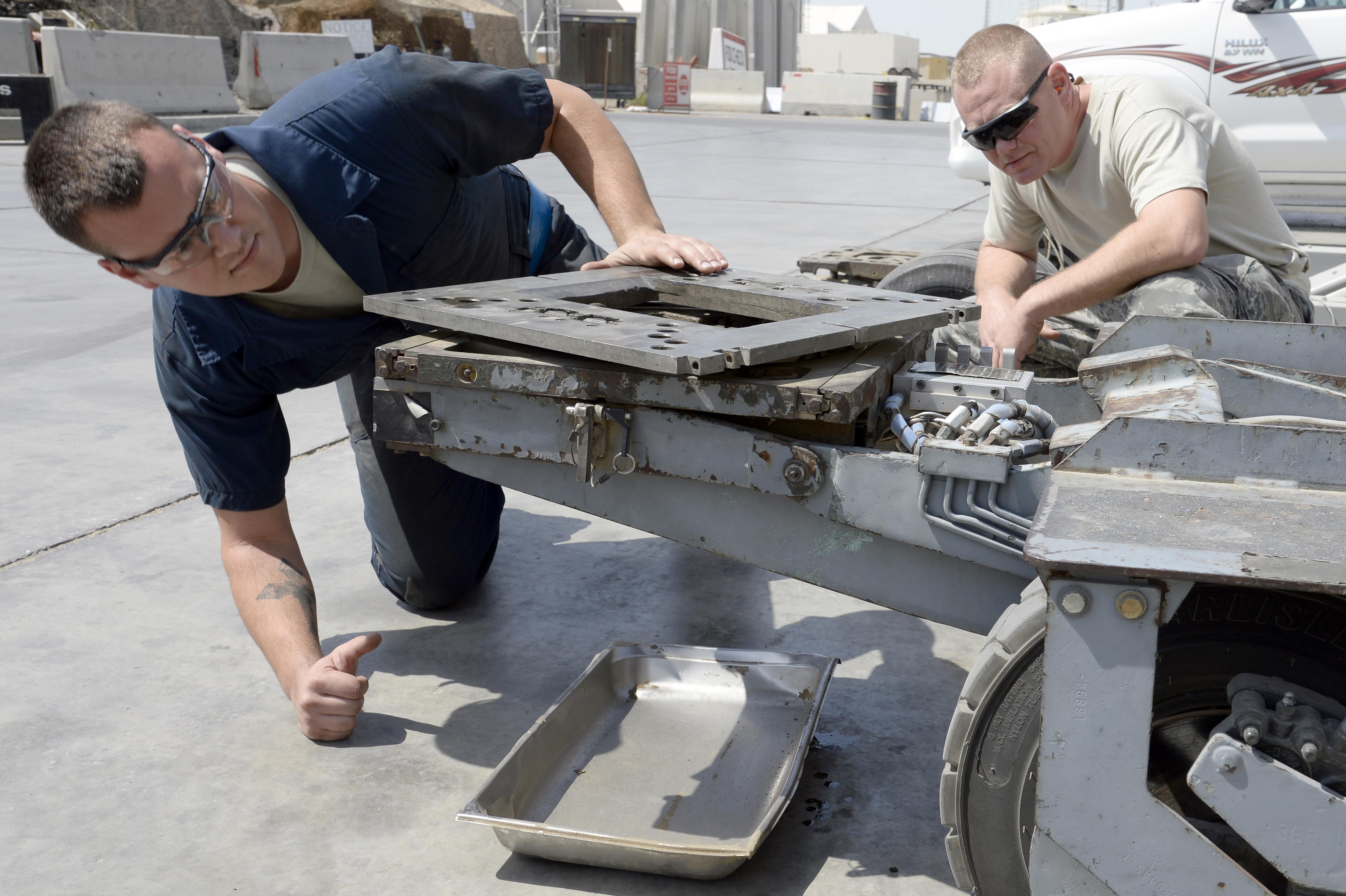
Therefore, the NDT metrics quoted here are best estimates under the most favorable conditions. Each NDT method has certain capabilities and limitations and often more than one technique is needed to cover the various components and corrosion types encountered in aging aircraft.
Airbus provided another driver in the 1990s when they decided to proceed with the design of the A380. The large size of this plane demanded materials with high strength, fracture toughness and corrosion resistance in massive sections.
On August 6, 1993, the FAA revised the airworthiness standards for small metallic airplanes to incorporate Amendment No. 23-45 (58 FR 42163) into 14 CFR Part 23. Those revisions provided an option to use damage-tolerance-based inspections and procedures as a means for achieving continued airworthiness of newly certified normal, utility, acrobatic, and commuter category airplanes.
JBT's world-class defense aviation ground equipment (AGE) has what it takes to get the job done. Our mission-critical machinery is built with mobility, efficiency, and dependability in mind. Our innovative and versatile AeroTech solutions are designed to help you with everything from transporting and loading cargo to maintaining and moving aircraft.
You need to be able to count on your partners to not only deliver effective solutions, but also to have a comprehensive understanding of the intricate details of air defense. Our experience has prepared us to take on even the toughest of challenges and to continue to set new standards in AGE technology.
The rule also prohibits operation of those airplanes after specified deadlines unless damage-tolerance-based inspections and procedures are included in the maintenance or inspection programs under which the airplanes are maintained. This requirement was implemented to ensure the continuing airworthiness of aging airplanes operated in air transportation by assessing the damage-tolerance of older airplane structures.
In the early 1990s the reality associated with an aging aircraft fleet resulted in a technical focus on improved damage tolerance and improved corrosion resistance. Later in the 1990s and into the twenty-first century there has also been a major focus on the cost of doing business, i.e.
acquisition cost, which includes the cost of manufacturing and having environmentally compliant processes, and maintenance cost, which is impacted by material variations, defects, etc. In addition to having high specific strength, damage tolerance and corrosion resistance, new materials must be amenable to new manufacturing methods and be cost effective.
Consequently, the current challenge is to develop materials with improvements in both structural performance and life cycle cost. This requires close cooperation between material producers and the airframe's design, analysis, manufacturing and cost experts, so that the material properties can be tailored to the intended application (Liu, 2006).
On May 6, 1981, the FAA published Advisory Circular (AC) 91-56, "Supplemental Structural Inspection Program for Large Transport Category Airplanes," guidance material based on the amended rule for existing designs. Using the guidance provided in AC 91-56, many manufacturers of large transport category airplanes (airplanes of more than 75,000 pounds) developed Supplemental Inspection Programs (SIPs) for their existing models.
The proposals contained in this NPA are intended to achieve a common approach to the continued airworthiness of (aging) aircraft structure requirements of JAR and FAR to maintain the safety provided by the regulations, without reducing it below a level that is acceptable to both authorities and
industry.
ground equipment for aircraft, aerospace ground equipment air force, usaf aerospace ground equipment description, aircraft ground support equipment companies, aircraft ground service equipment, aircraft ground equipment for sale, aerospace ground equipment, airline ground equipment

:max_bytes(150000):strip_icc()/1280px-Defense.gov_News_Photo_090602-F-2482B-038-56a9b2d63df78cf772a9b874.jpg)



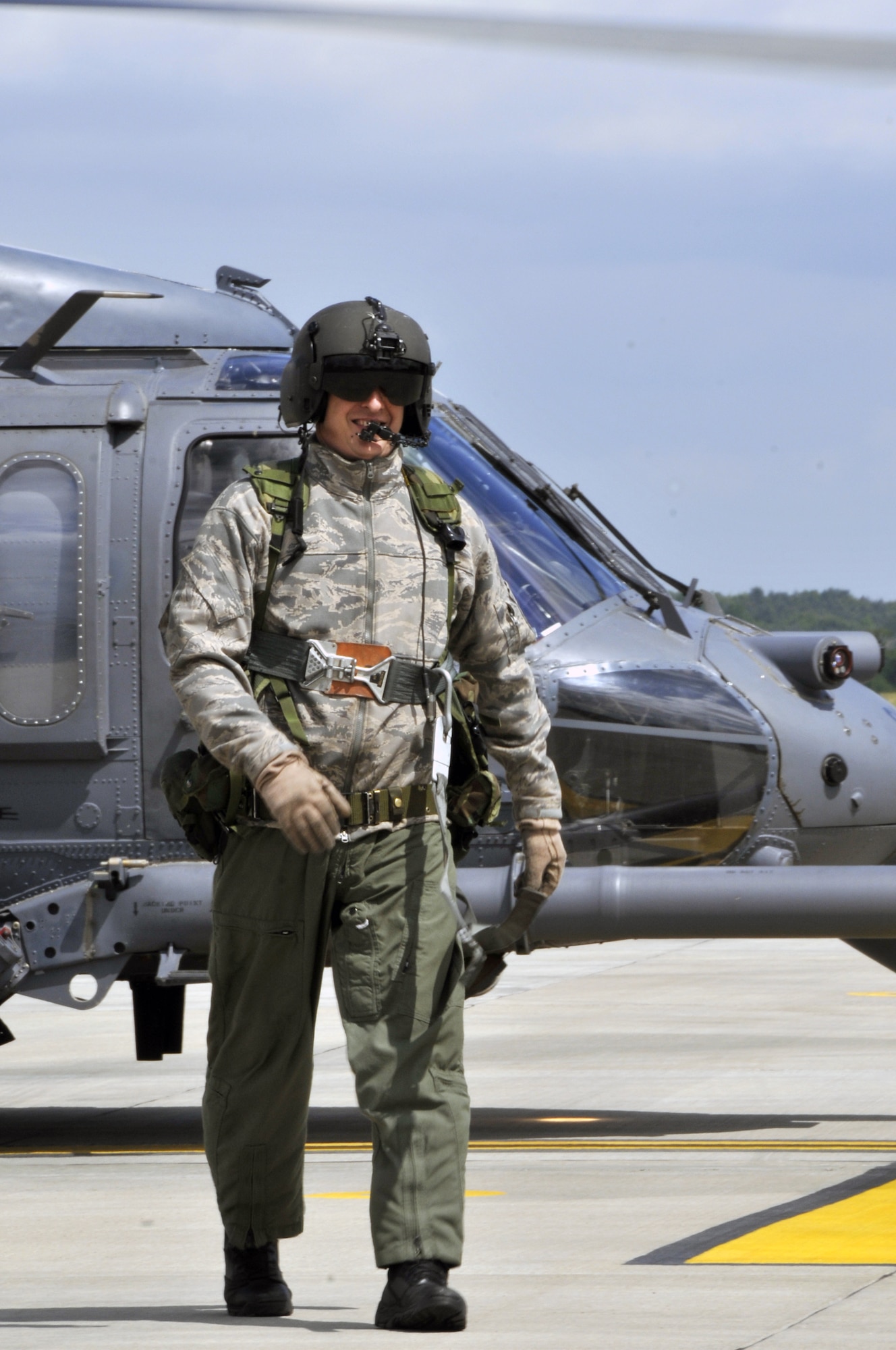

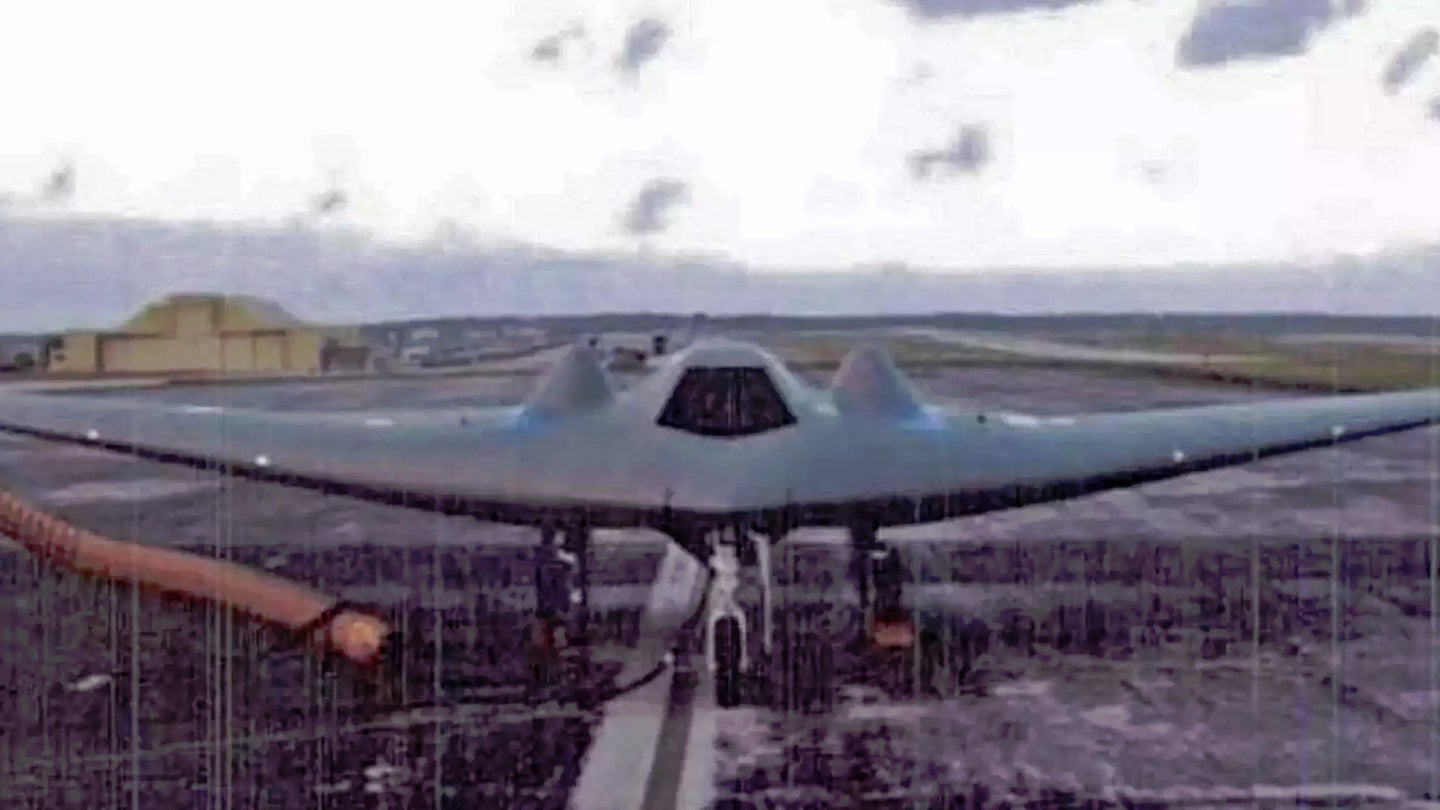
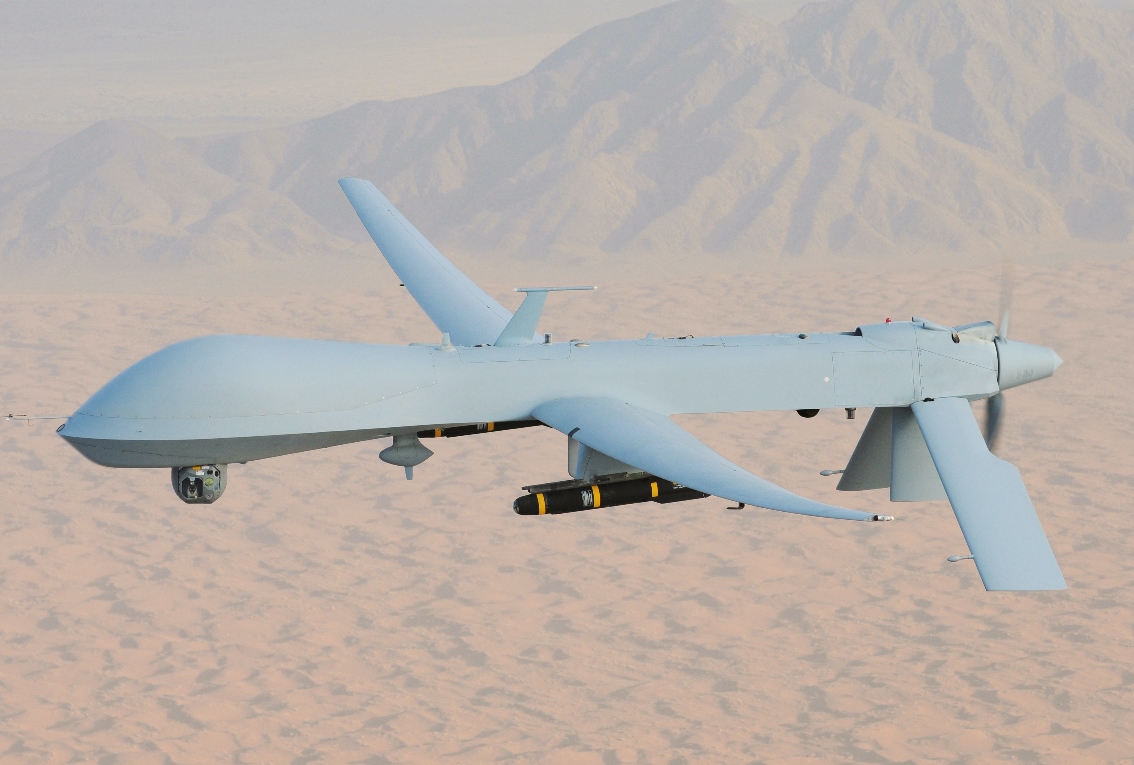



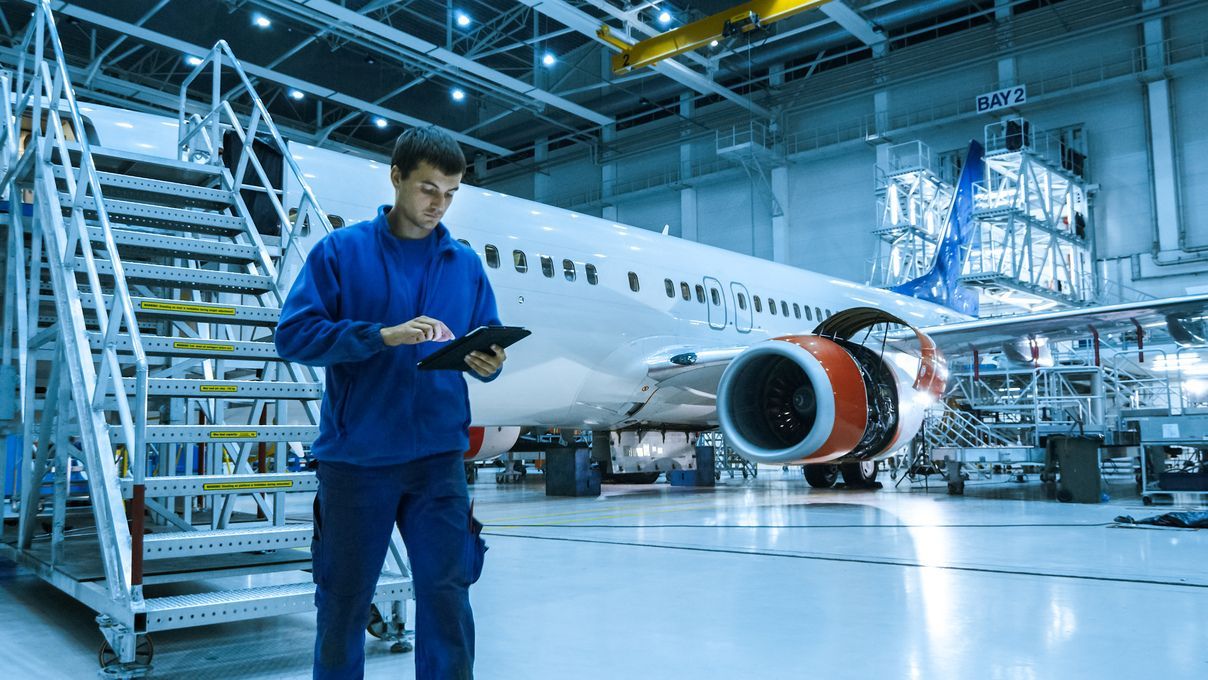
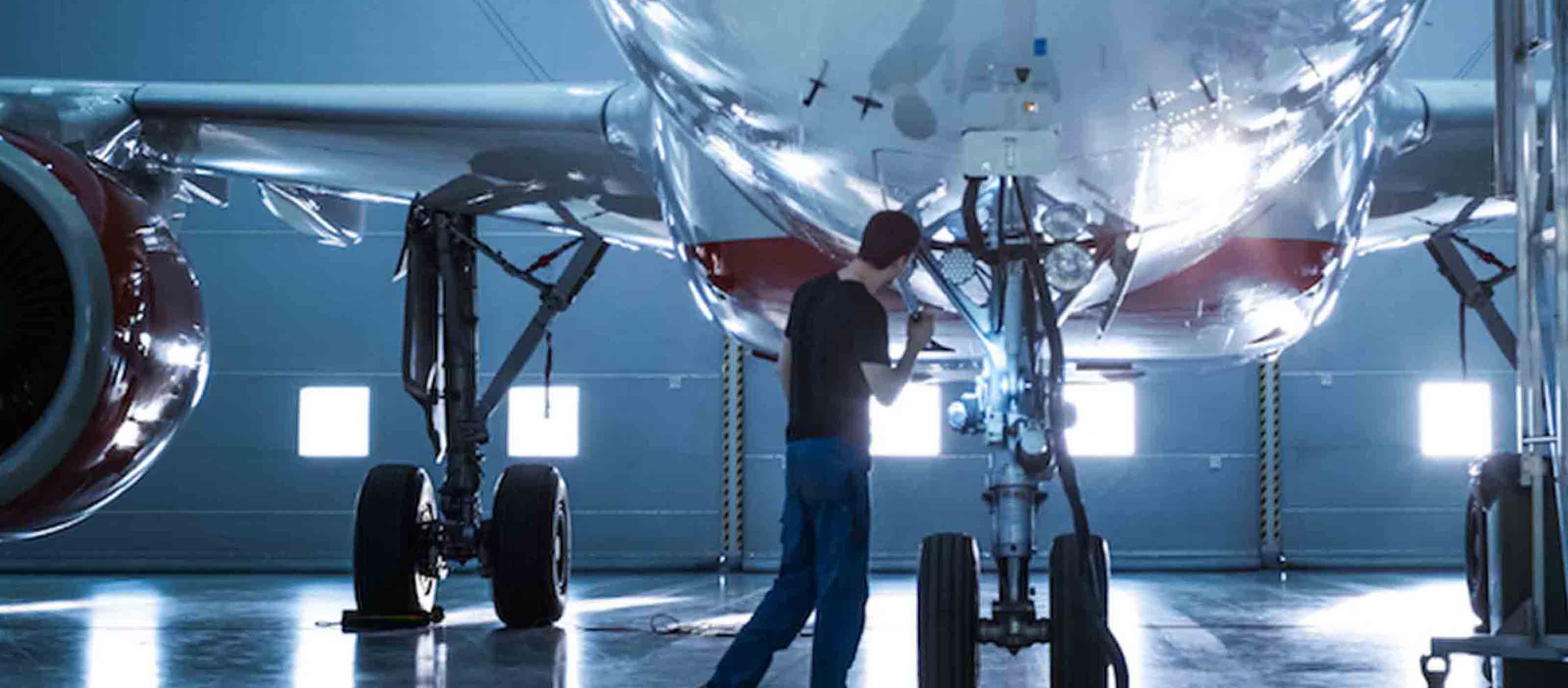
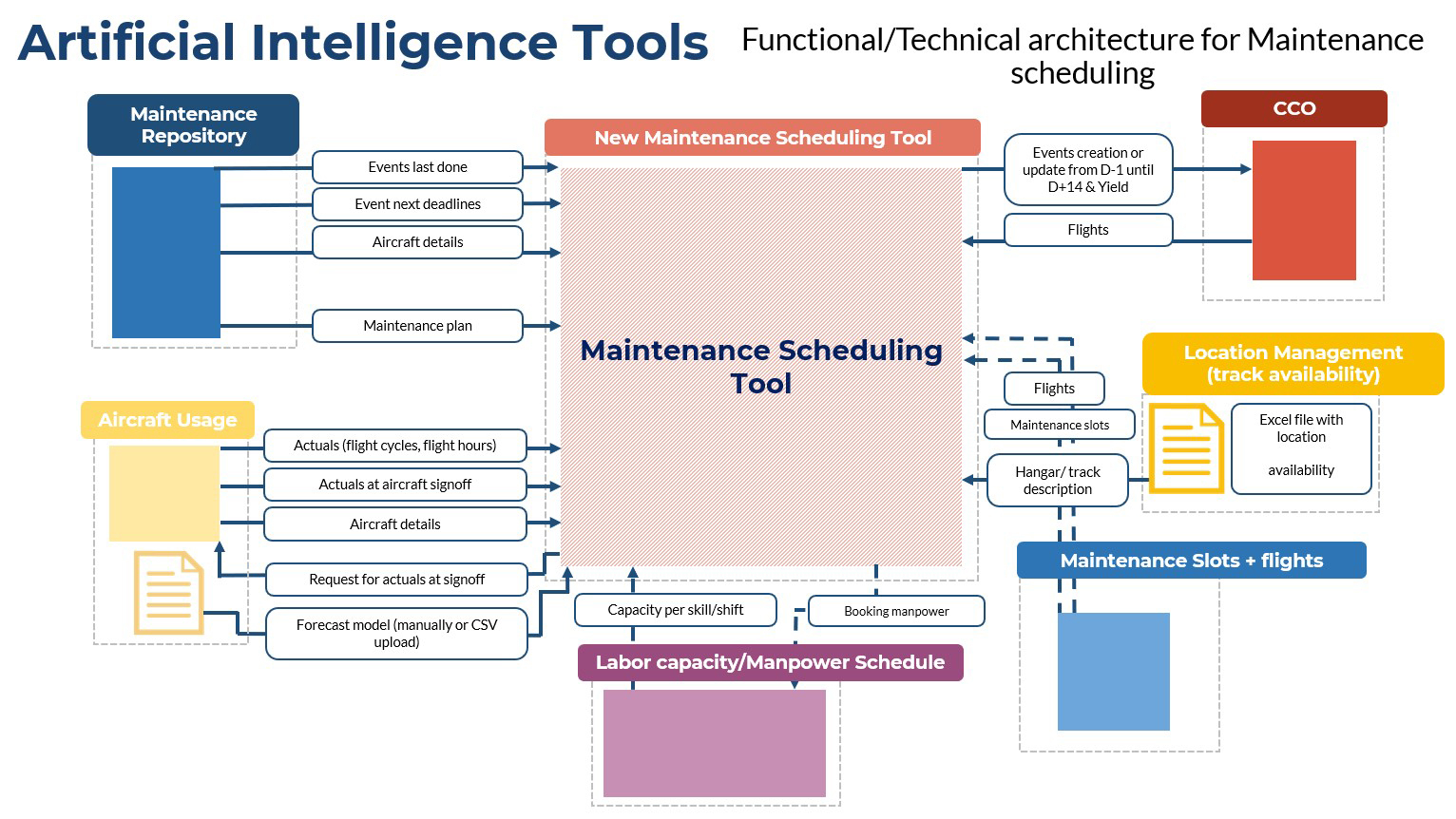

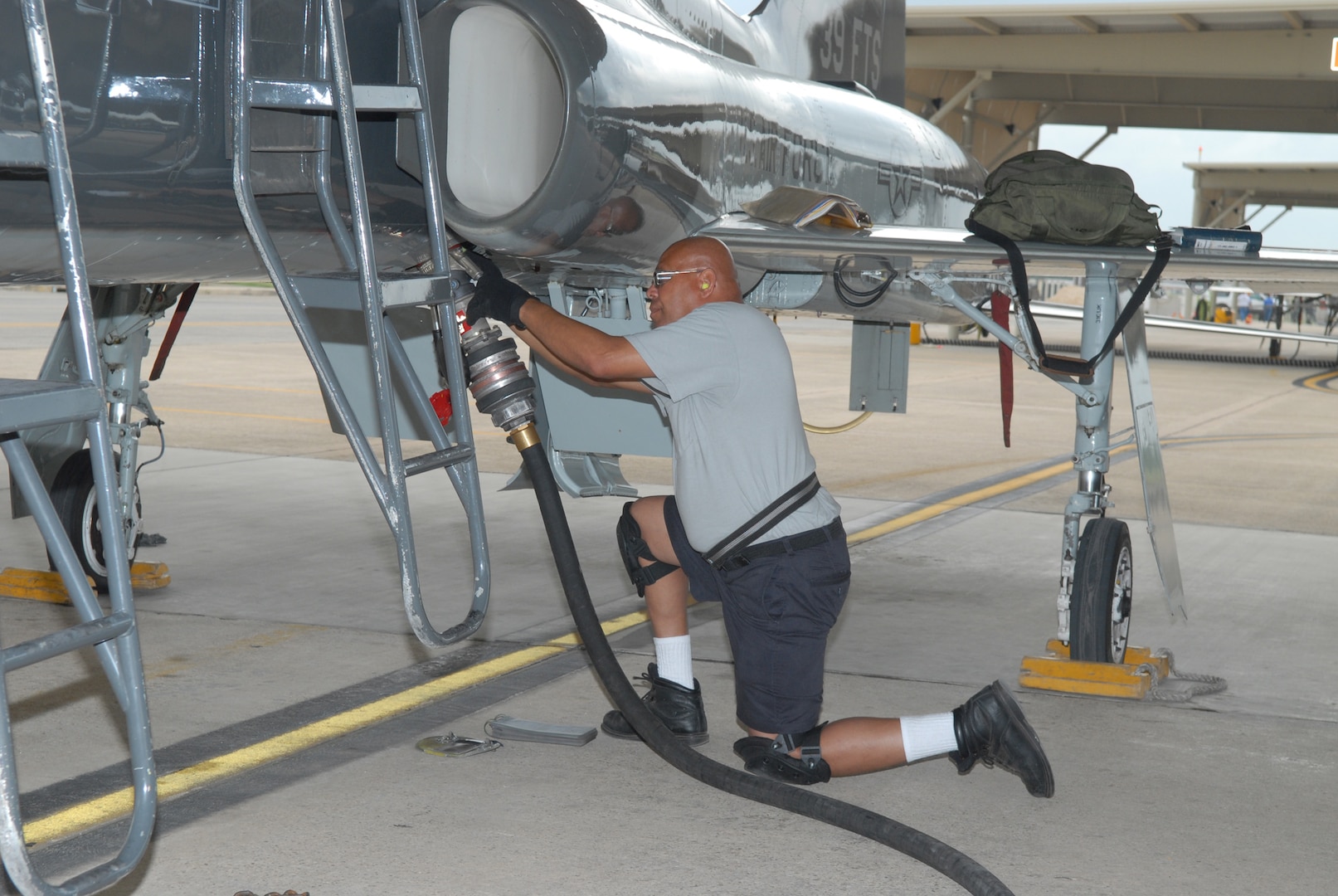
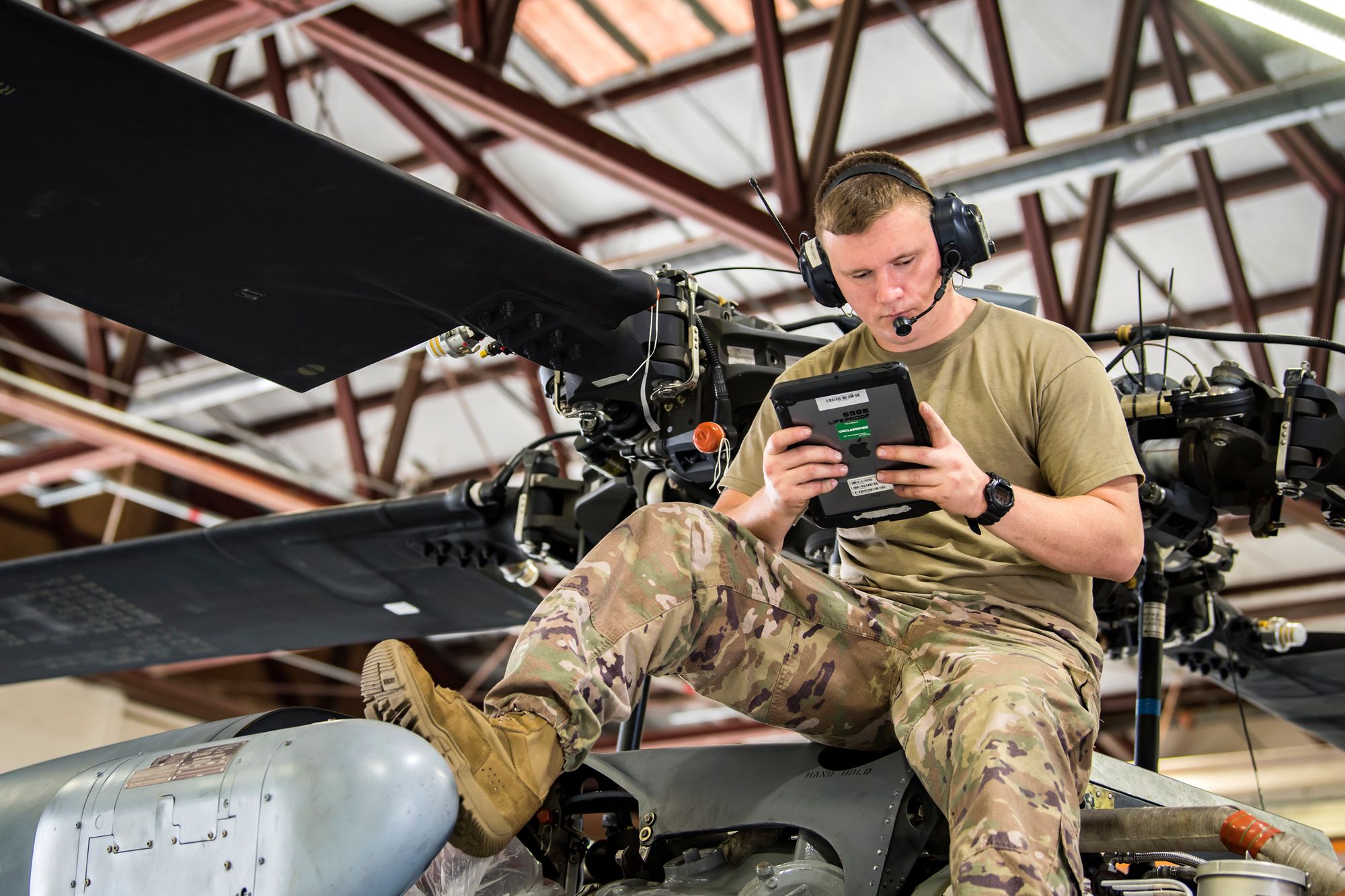

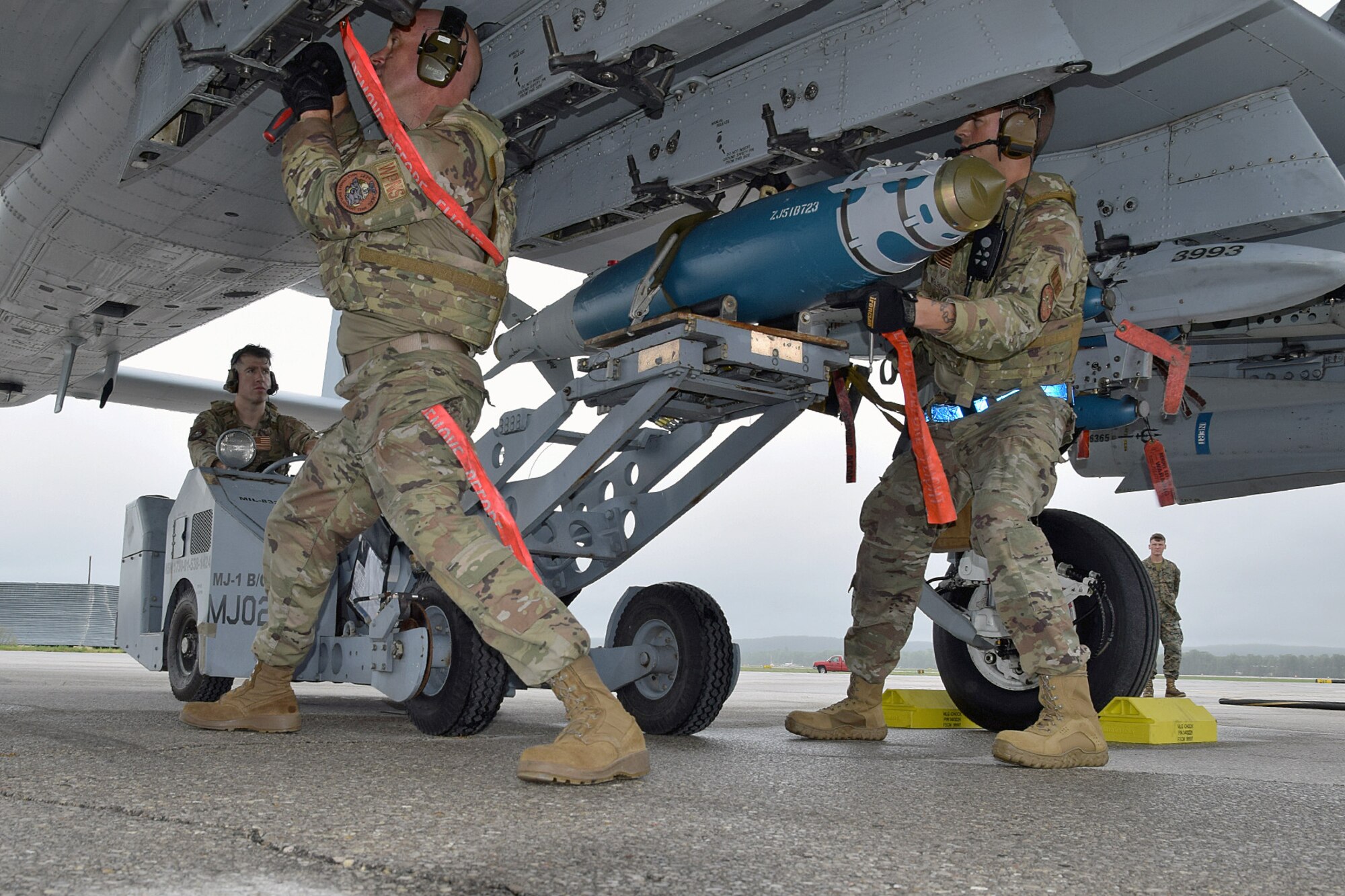
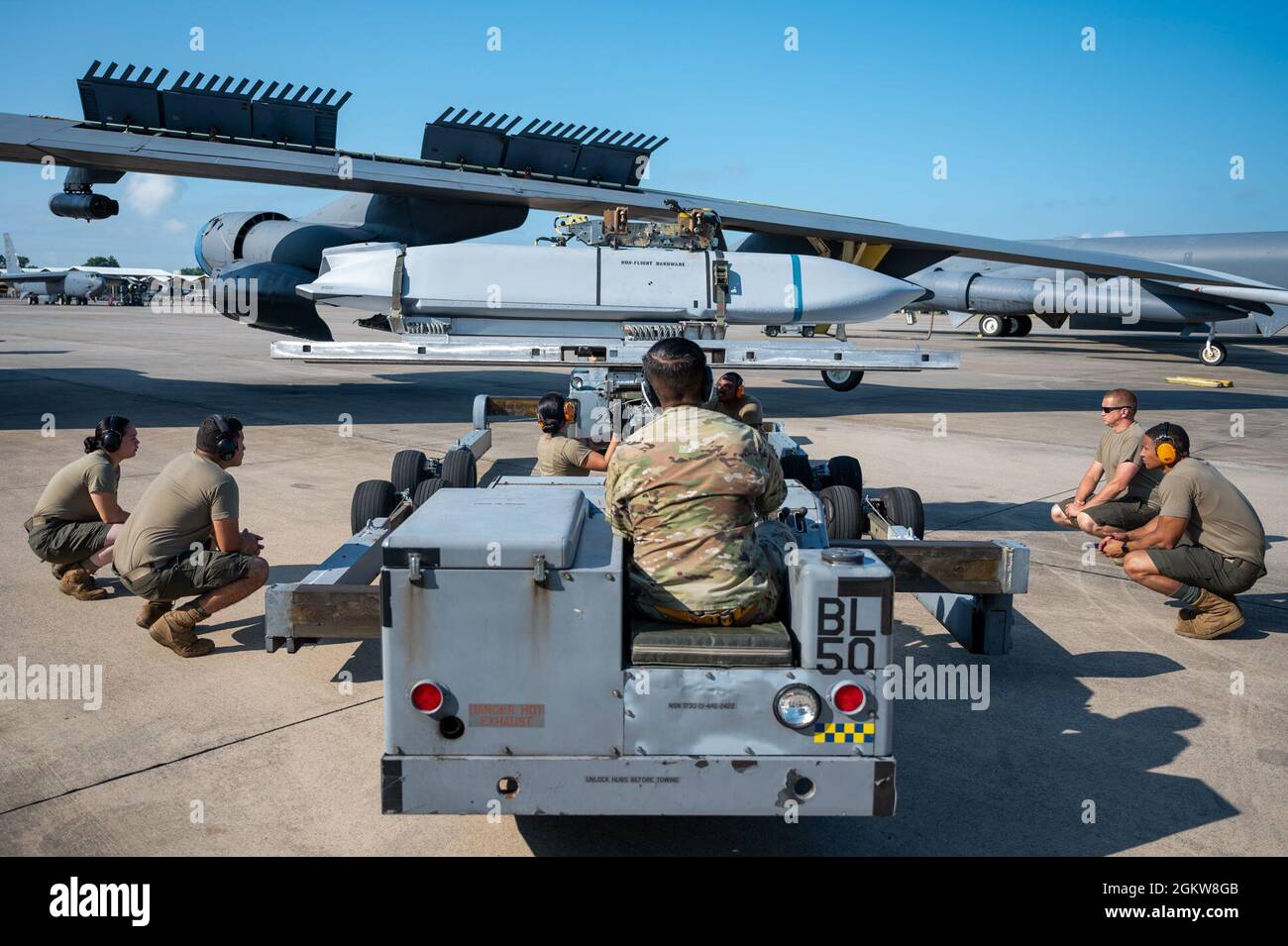

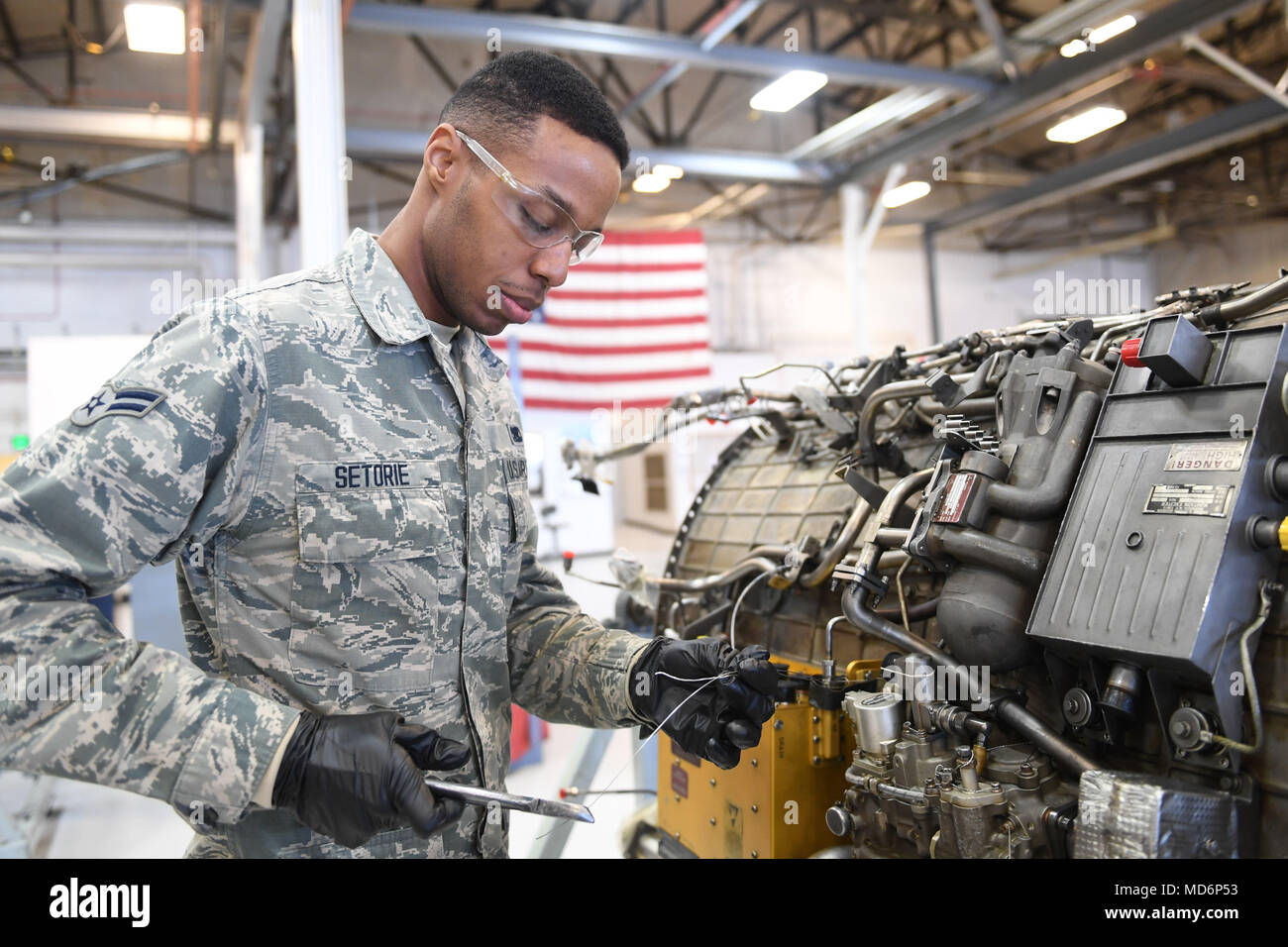
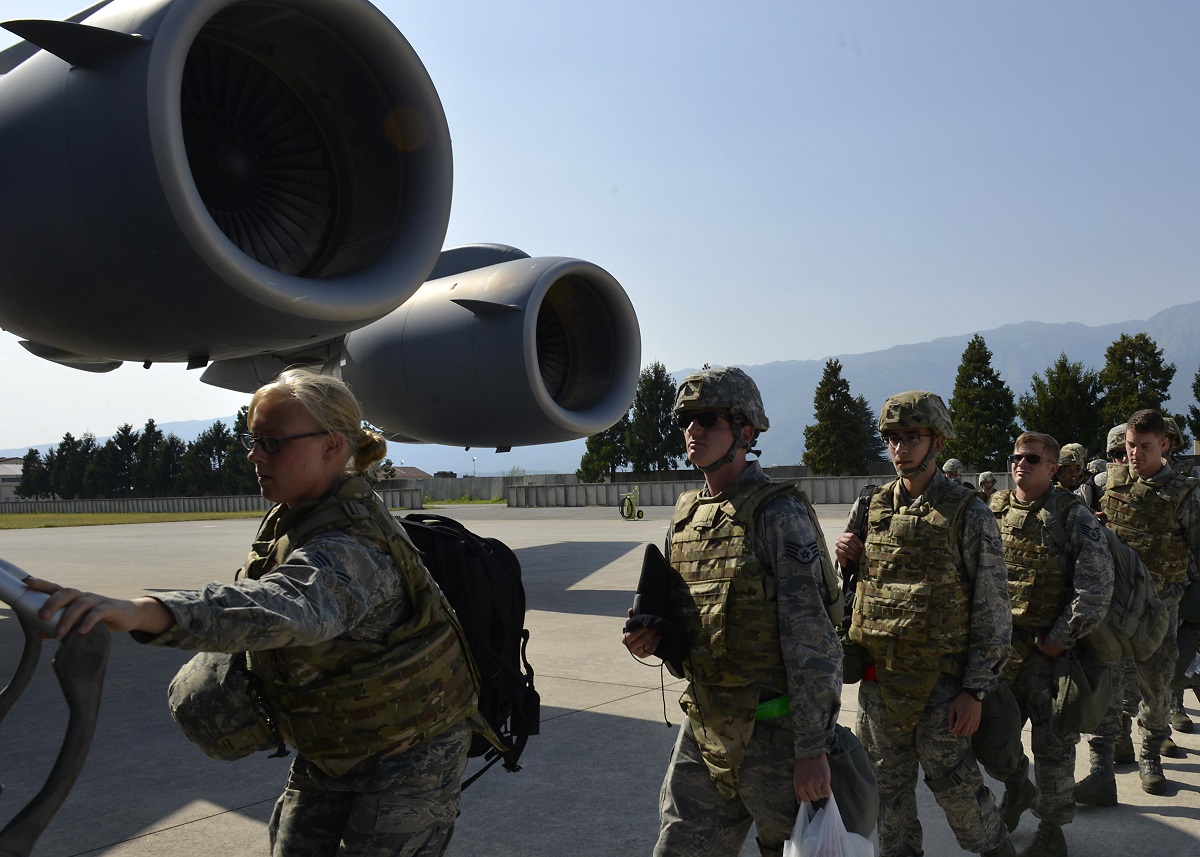


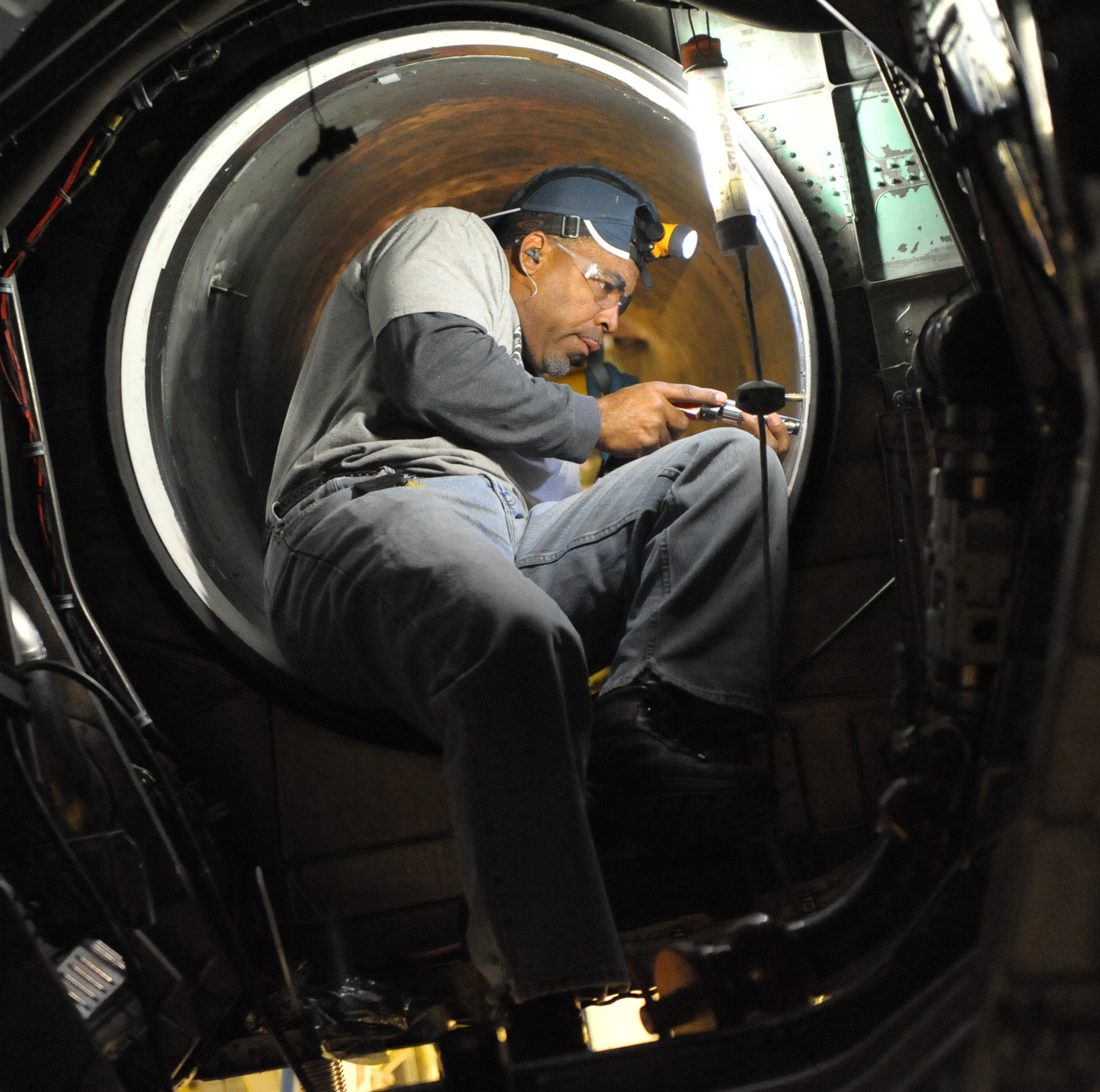










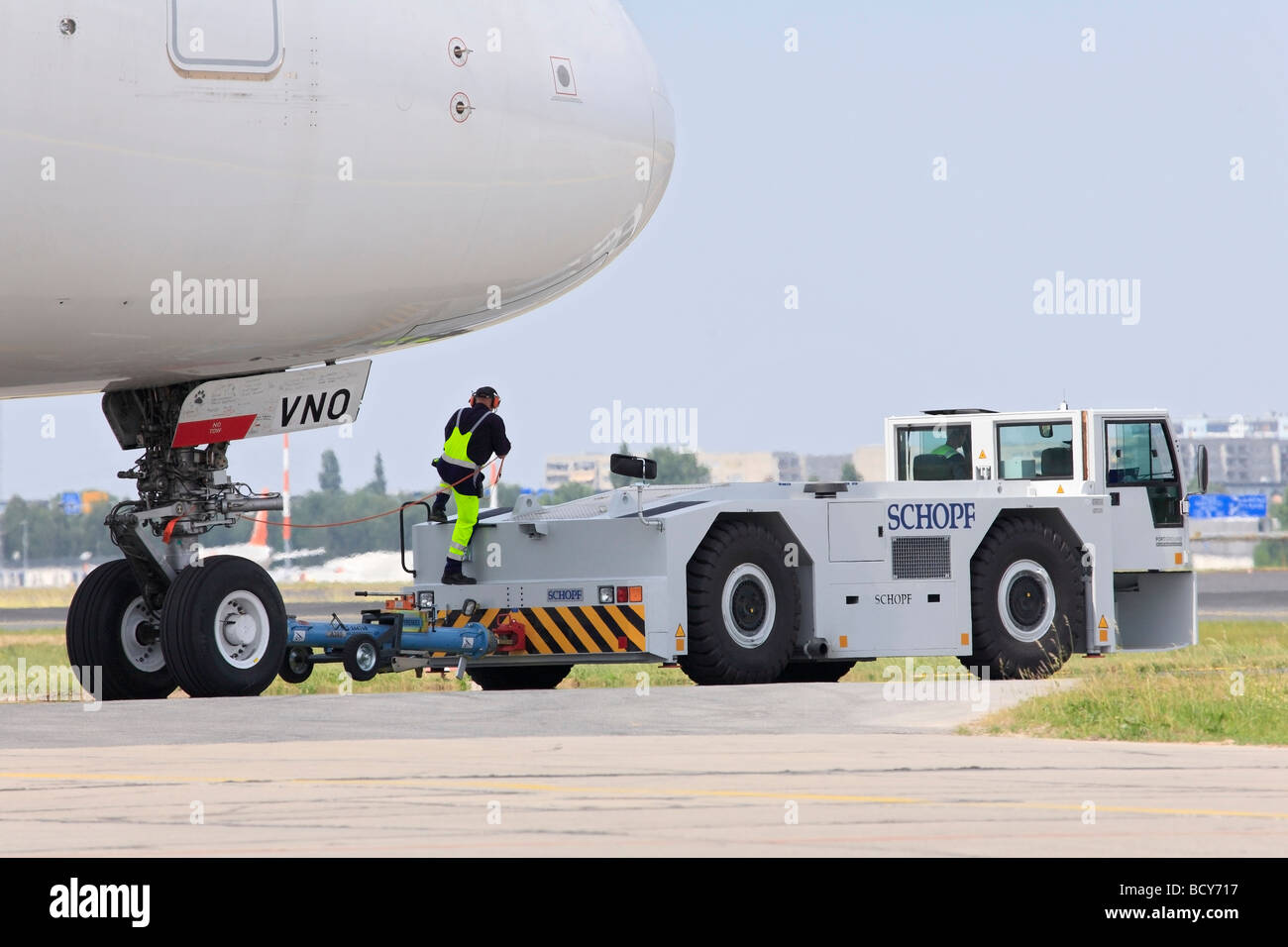


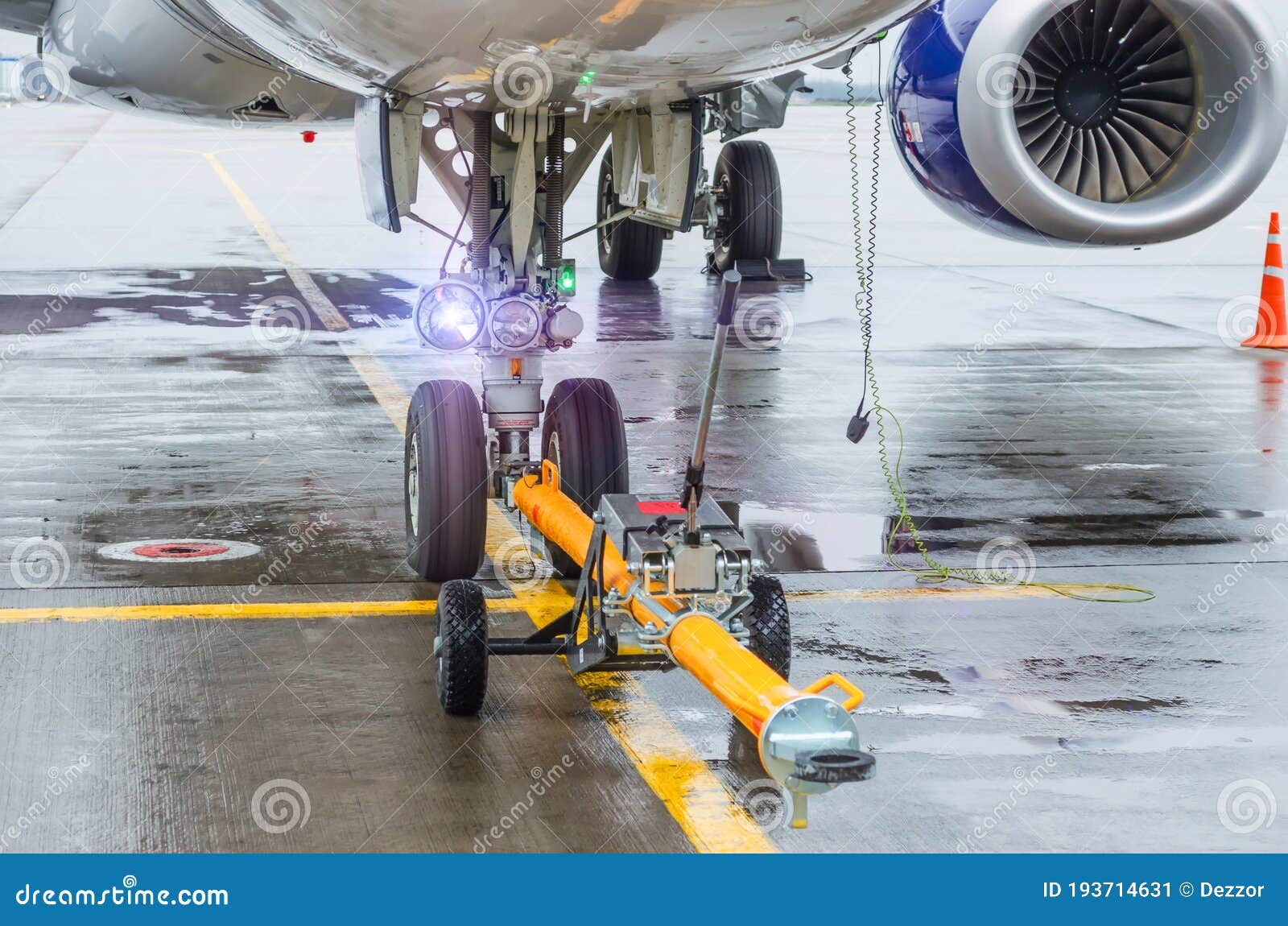


![Pdf] Aircraft Fuel Systems And Their Influence On Stability Margin | Semantic Scholar](https://d3i71xaburhd42.cloudfront.net/7db968837cba7622bb97d20602c656a460374d09/5-Figure10-1.png)
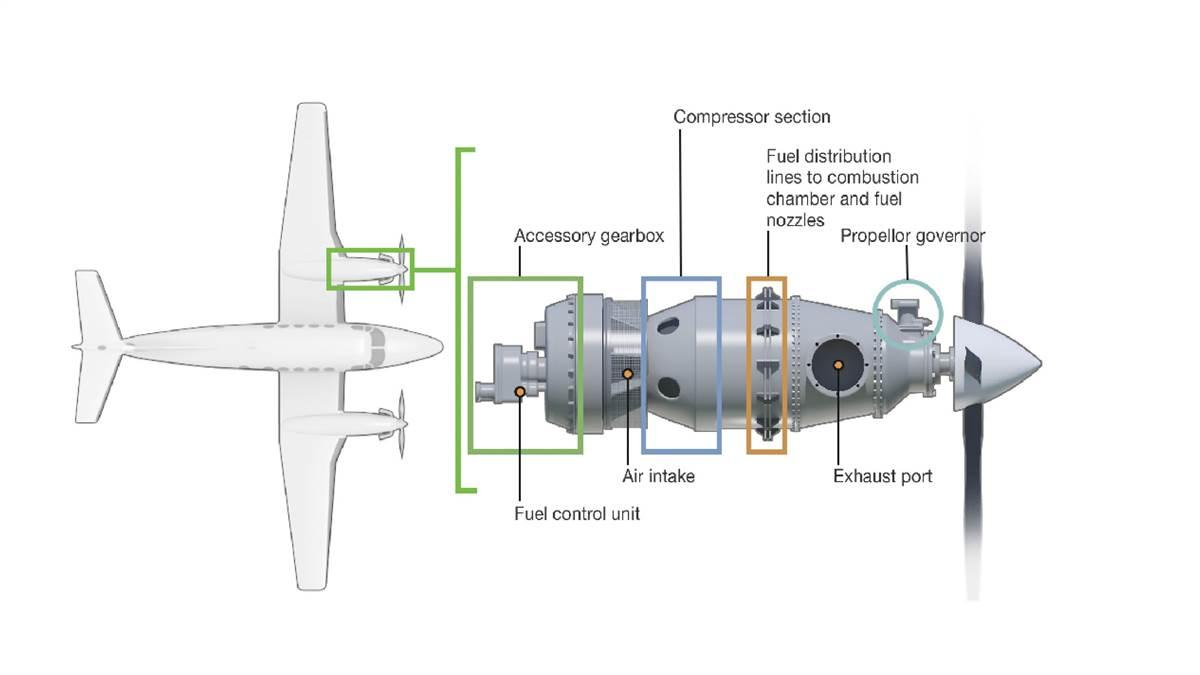

![Dvids - Images - Auab Tests C-17 Globemaster Iii Hot Refueling [Image 19 Of 26]](https://d1ldvf68ux039x.cloudfront.net/thumbs/photos/2104/6607452/2000w_q95.jpg)